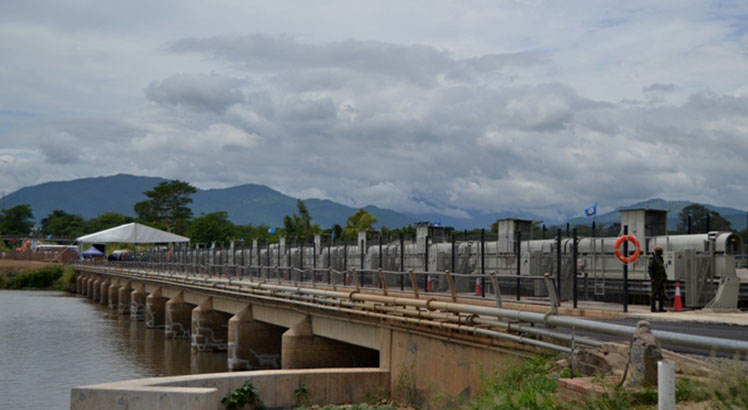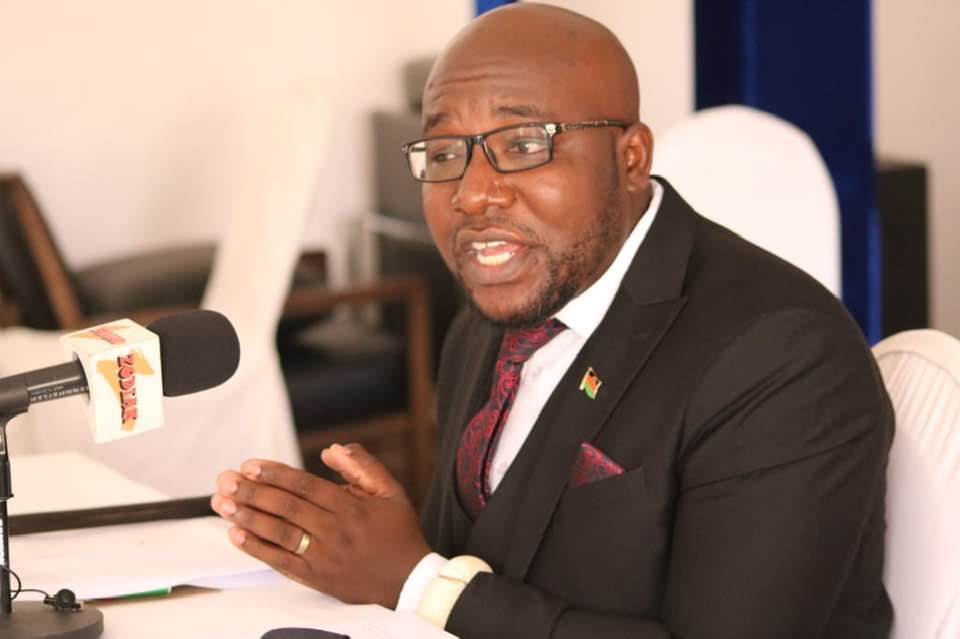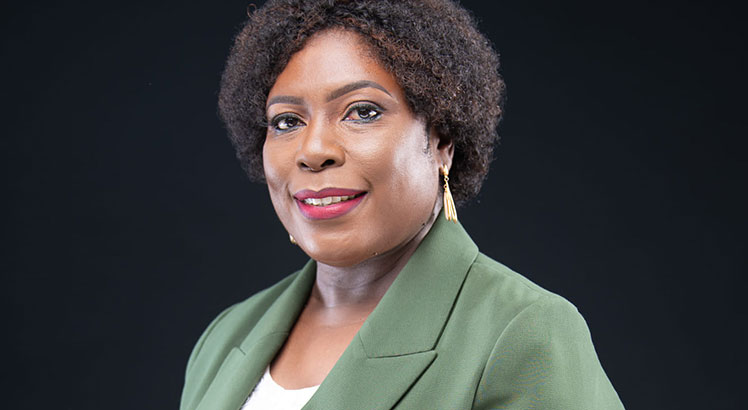Ministry triples Kamuzu Barrage outlet volume
Ministry of Water and Sanitation says it is now releasing up to 1000 cubic millilitres (m3) per second of water at Kamuzu Barrage in Liwonde, Machinga to moderate water levels in Lake Malawi and Shire River.
The development is almost triple the downstream water demand of 350m3/s.

Making a presentation when the ministry officials appeared before the Parliamentary Committee on Natural Resources and Climate Change yesterday, Principal Secretary Elias Chimulambe said much as the ministry is concerned with the rising water levels in the Shire River and Lake Malawi, it cannot fully open the barrage to protect downstream infrastructure.
He said Lake Malawi is now 476.1 metres above sea level (Masl) against the 477 Masl contour line and 100-year flood line.
Said Chimulambe: “The Kamuzu Barrage regulates the water released downstream in the Shire River as a way of sustaining the provision of the services, especially hydropower generation, water supply to Blantyre City and irrigation schemes in the Lower Shire.”
He said using the Kamuzu Barrage Operation Model, which provides scenarios for water release based on the water demand downstream and lake water level, the water levels in Lake Malawi is now above the threshold for opening the gates due to flooding.
National Water Resources Authority chief executive officer Dwight Kambuku said if all the 14 gates at the barrage are opened at once, about 4.2 million m3 of water would be released per second.
He said: “Shire River has a capacity of 800 000m3/s and releasing such an amount of water will submerge the entire Southern Region and shut down power generation.”
While attributing the high water levels to El Nino weather which caused heavy rains in some parts of the country, Kambuku expressed hope that Lake Malawi water levels will start receding end of May 2024.
Reacting to the presentation, committee member Shadric Namalomba urged authorities to find a lasting solution to the challenge.
On his part, committee chairperson Welani Chilenga further questioned why developers were allowed to construct in the lake buffer zone, which is 600 meters along the lake.
“This could have been avoided if the developers were stopped from constructing in the certified buffer zones,” he said.
Ministry of Lands Principal Secretary Devie Chilonga said most of the land along lakes and rivers is still customarily owned and not publicly owned and the user rights are always observed.
“Developers must listen to advice from technicians. They must always be encouraged to do topographic surveys. It’s sad that sometimes we are engaged when construction has already started,” he said.
Rising water levels in Lake Malawi have left lakeshore communities, including some lodges flooded. Communities have been calling for the opening of the barrage to lower the levels.






This article is wrong on so many levels.
1) it is cubic meters NOT cubic milliliters
2) they have bot tripled the flow.
3)the flow was already 940 cubic meters…increasing to 1,000 is a 5% increase..negligible.
4) the flow of 350 cubic meters mentioned is the minimum that current water users on the Shire, for example Ilovo and hydrogenerating plants, need to run their businesses.
5)gates on liwonde barrage have not been opened any extra..the higher level is at 40% open, all others remain at 30%
6) they can do a controlled opening of the gates without any risk of flooding on lower shire.
7) lake malawi is currently at 477m above sea level, NOT 476.1m
So many errors, lies, and misinformation from these experts, it’s no wonder we are under water.
Am agree with you, imagine it’s already 477m abv sea level him says 476.1m
Informative, thanks